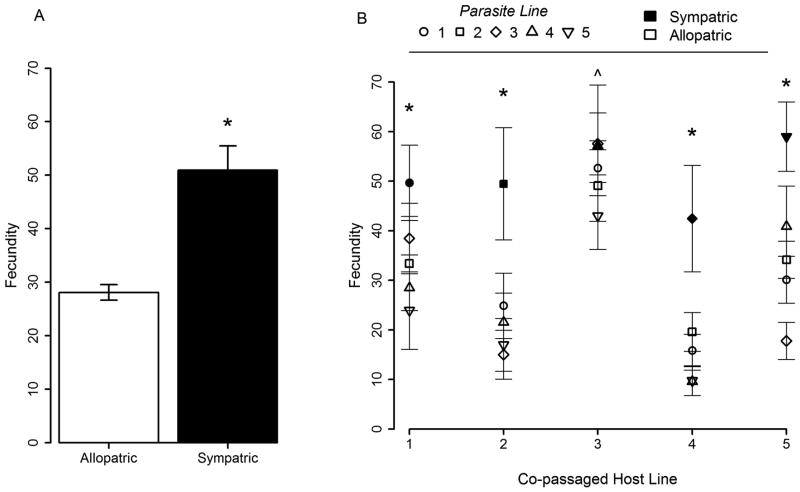Figure 3. Local adaptation of co-passaged populations.
Reciprocal cross-infections of co-passaged host and parasite lines were performed to test for local adaptation. (A) Sympatric co-passaged pairings displayed significantly higher fecundity than allopatric pairings. The allopatric bar is an average of fecundity counts obtained from 300 hermaphrodites (15 hermaphrodites from each of 20 allopatric combinations), and the sympatric bar is an average of 75 hermaphrodites (5 sympatric combinations). (B) Each co-passaged host-parasite pairing supports the results of the overall analysis: ruby-throated fecundity was significantly higher in sympatric relative to allopatric pairings for lines 1,2,4, and 5 (*) and marginally significantly for line 3 (^). Each point is an average of fecundity counts obtained from 15 hermaphrodites, and all error bars give the standard error of mean fecundity counts.

